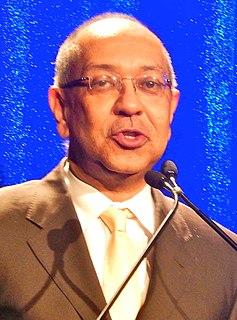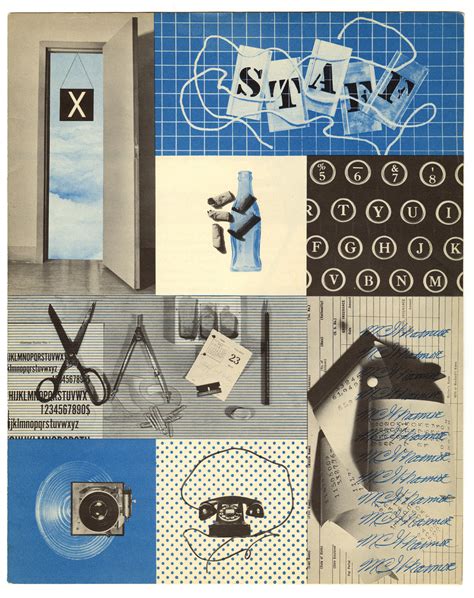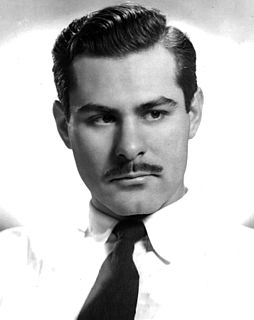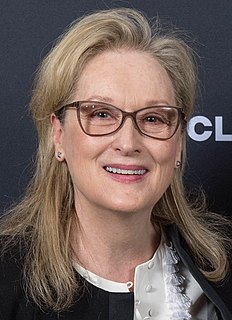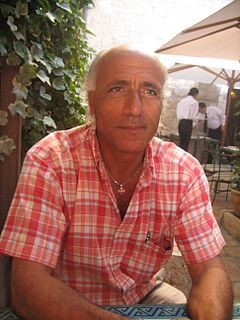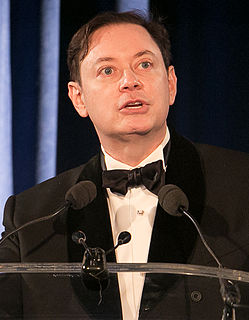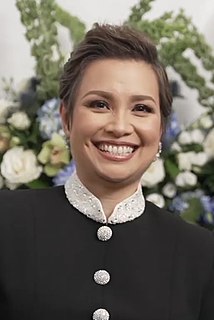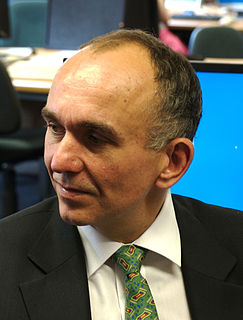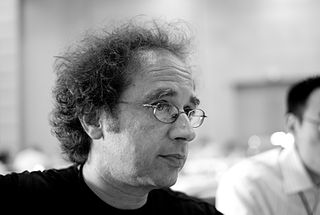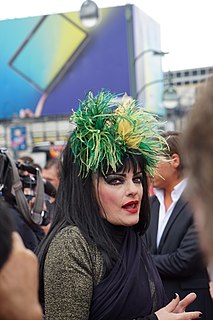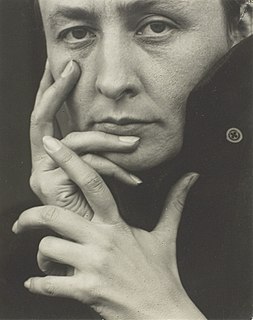A Quote by Maurice Sendak
I became a set designer for opera.
Quote Topics
Related Quotes
The words graphic designer, architect, or industrial designer stick in my throat, giving me a sense of limitation, of specialisation within the specialty, of a relationship to society and form itself that is unsatisfactory and incomplete. This inadequate set of terms to describe an active life reveals only partially the still undefined nature of the designer.
How a designer gets from thought to thing is, at least in broad strokes, straightforward: (1) A designer conceives a purpose. (2) To accomplish that purpose, the designer forms a plan. (3) To execute the plan, the designer specifies building materials and assembly instructions. (4) Finally, the designer or some surrogate applies the assembly instructions to the building materials. What emerges is a designed object, and the designer is successful to the degree that the object fulfills the designer's purpose.
I heard opera all day long. From the time I was 9 years old, I was imitating the singers; later I studied opera. But we also got Western television and radio, from the Americans in West Berlin. When I was 11 years old, I turned into a hippie and gave flowers to policemen. And when I was 21 and left Berlin for London, I became a punk.

